Makarsankranthi
Makar Sankranthi is another big festival where one can see the true affection between the farmer and his beloved cattle in India , especially south India. A farmer ploughing in his field with his oxen tied to a metal or wooden plough is the most common scene imagined by artists and even a common man while thinking of a agriculture, farms, farmer etc in India. If you visit in and around Bangalore, Mandya , Mysore , Chamarajnagar during this festival one can see another face of farmers decorating and worshiping their cattle. All the cattle are given rest for the entire week and worshiped . They are taken in to a procession and the whole atmosphere during these days turns out to be a big fair like event. In some areas some sports are conducted which involves cattle and in some villages a big cattle fair is held. The villages , houses are painted , decorated and villagers buy new dresses for the festival. Lot of cultural activities are conducted ahead of the festival too.
Makar Sankranthi signifies the movement of Sun in to Makara Rashi (capricorn) . Traditionally it has been a harvesting season most part of the India.This festival unlike any other festival in India falls exactly on 14th Jan of every year. In many parts of India it is celebrated with distinct names and ways . The wiki link should give you enough reading on that. their hospitality and kindness
The fire
In the evenings villagers set a huge bonfire. They use dry grass at one ft high and fire reaches up to 12-15 ft high. A pooja to the cattle is done in a nearby temple before setting the fire .As the fire starts sweeping the dry grasses the farmers make their cattle run across the fire with crowd cheering out of thrill. Some cattle pair jump the fire as if they are jumping green grass but the inexperienced cattle terrified and run helter-skelter . Once the line of cattle are done now it is villager’s turn.It is considered to be sacred to run the bonfire barefoot. Soon the viewers will enjoy people of all ages running and jumping through the fire barefoot. As the fire turn in to ashes and light vanishes crowd returns to their home happily. A heavy lunch awaits them.
Significance of the fire jump
Many people might think making the cattle run through the fire is inhuman but it is evident that nothing really happens in fact .Everything happens so quickly and nobody gets hurt in that quick running.There is no written proof why this practice started. Before the age of medicines farmers found out a easy solution to get rid of bugs such as mites,flies on the cattle . They made their cattle run through fire which immedietely fried the bugs . And this turned out to be part of celebration of Sankranthi festival which is purely a farmer’s festival.
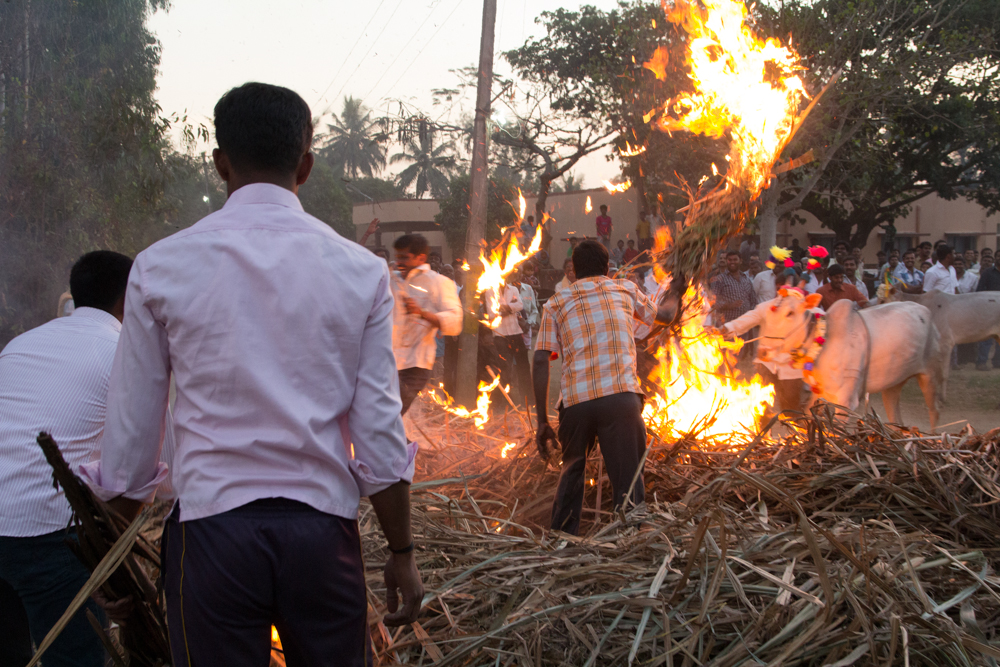
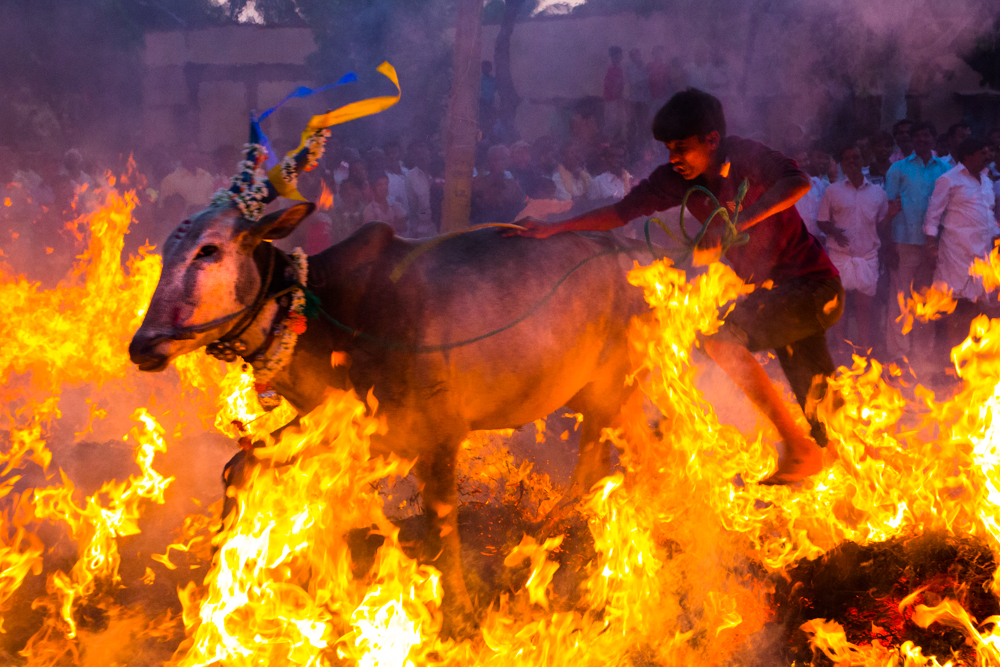

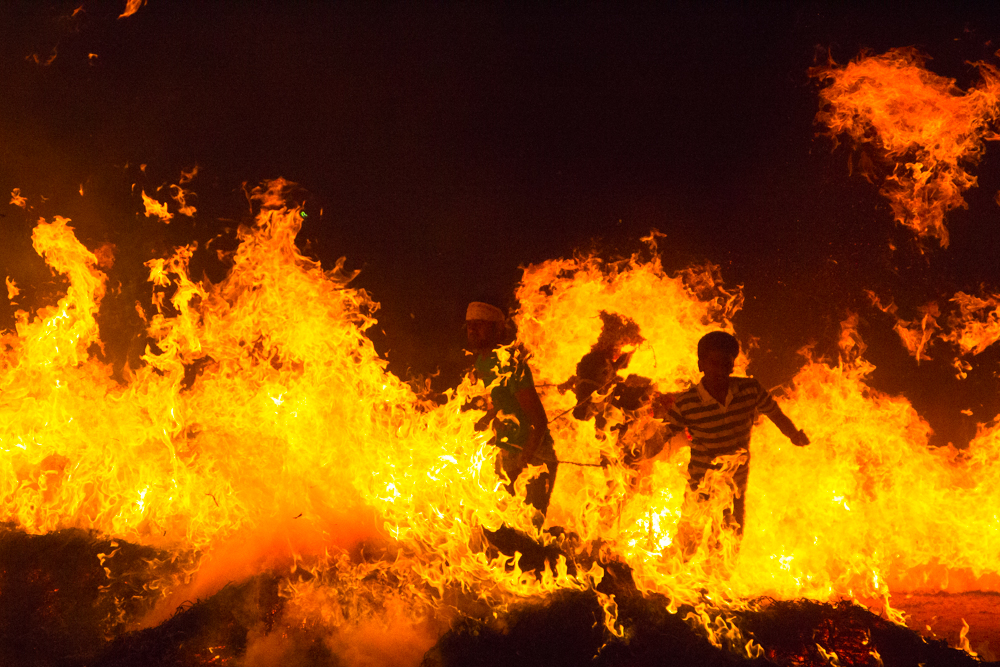
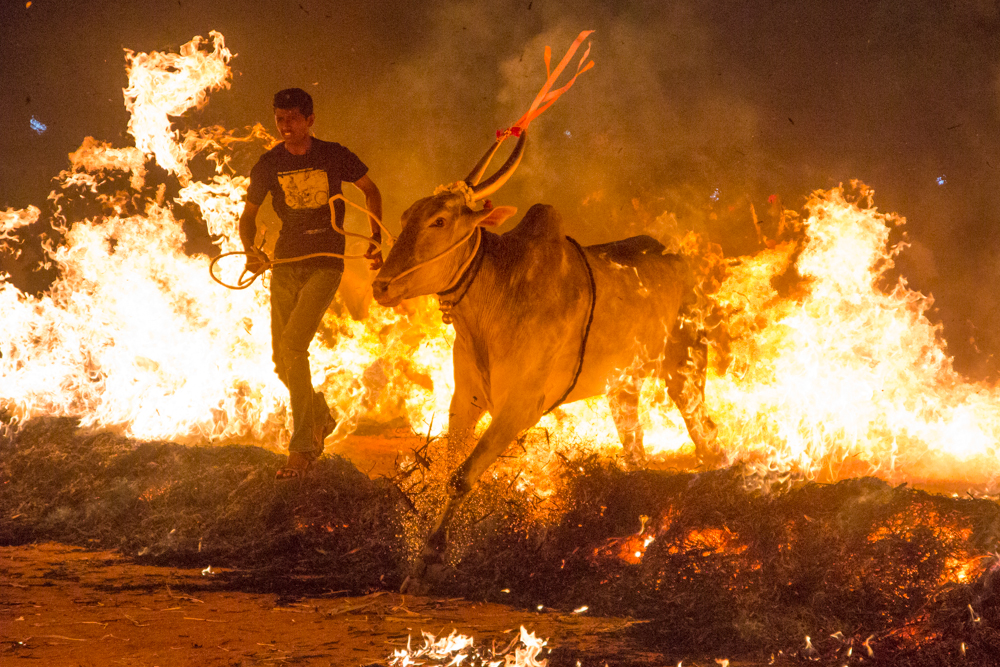
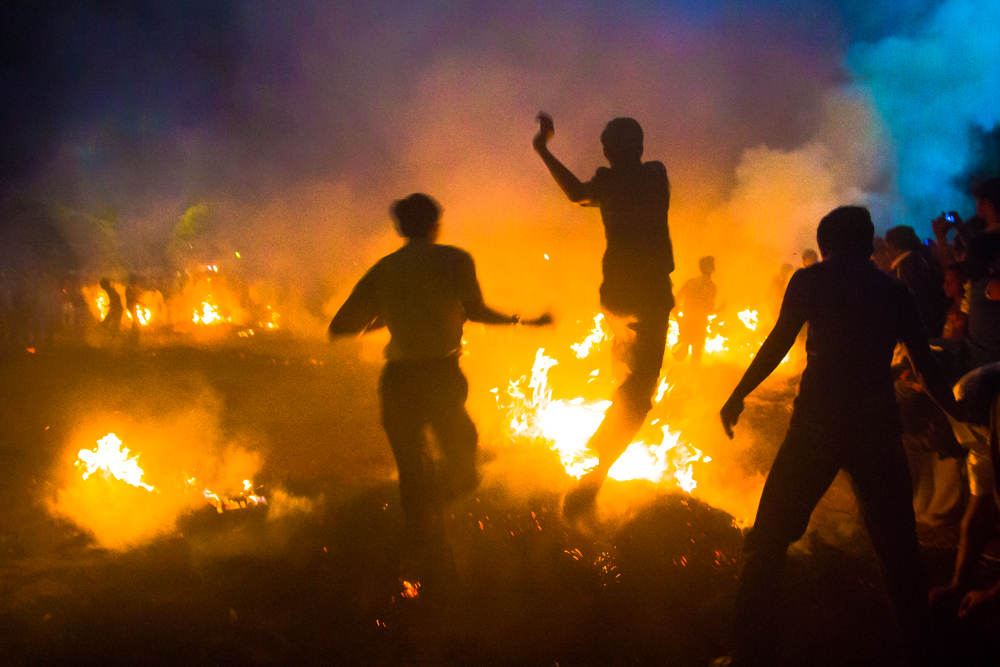
Visiting this event
14th Jan 2013 is the only day for all these celebrations. Almost every farmer in every village of Karnataka celebrate this festival. Villages around Bangalore, Mandya, Mysore and Chamarajnagar never miss Sankranthi celebrations . Find out where these are celebrated in a big way and be there for the whole day witnessing the complete process. For those who want to enjoy only the fire jumping event they can simply visit to Mandya stadium around evening 6-8 pm but I advise to be there as early as possible in the evening. Those who wants to see this event in Bangalore I believe in Malleshwaram ground is the place to see this stuff. But in the cities these events are crowded by VIPs and organizers which is not so good to capture photos the way you want. The best bet is to explore some village and become a part of these celebrations for one day.
Gears used : Canon 60d, Sigma 17-70 , Canon efs 50mm, tripod
word of thanks : Thanks to the villagers of Induvaalu of Mandya for
Dinesh Maneer
Photographer. Writer .Trekker.Traveler.Businessman based out of Karnataka, India
2 Comments
Comments are closed.
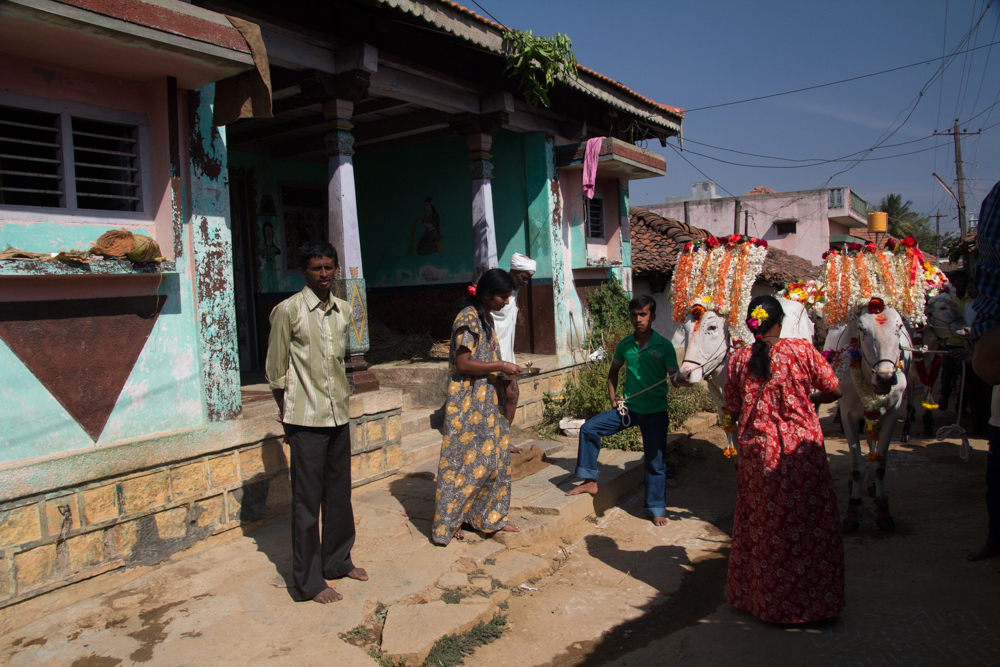
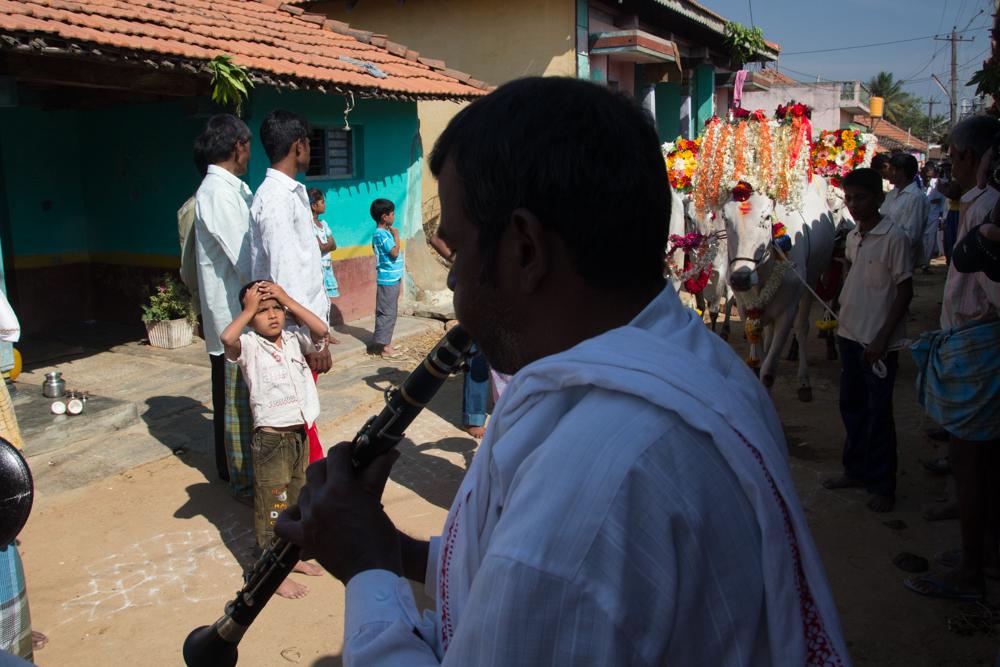
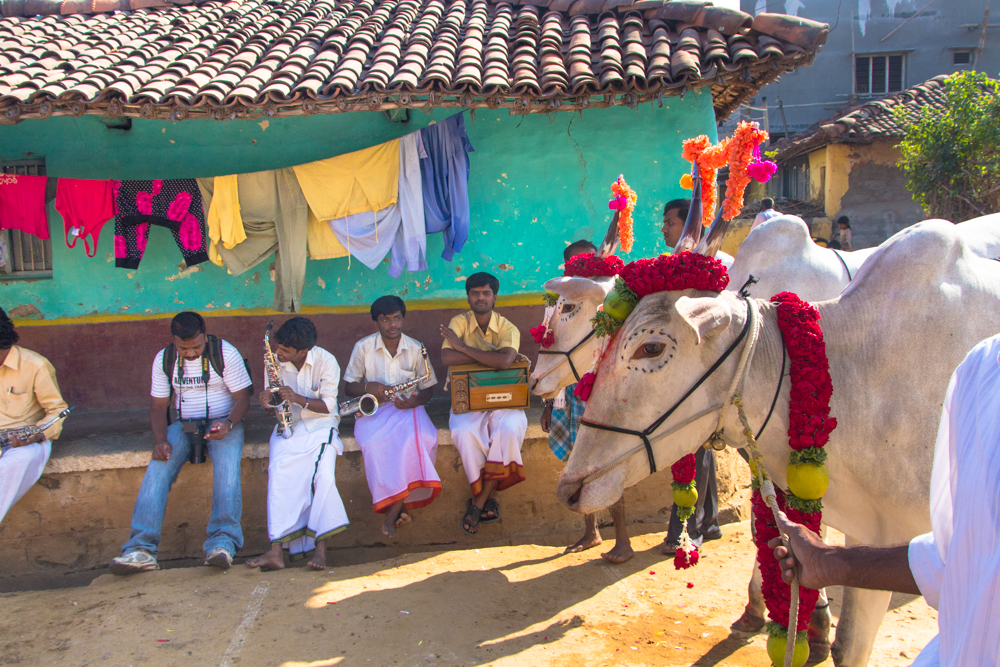
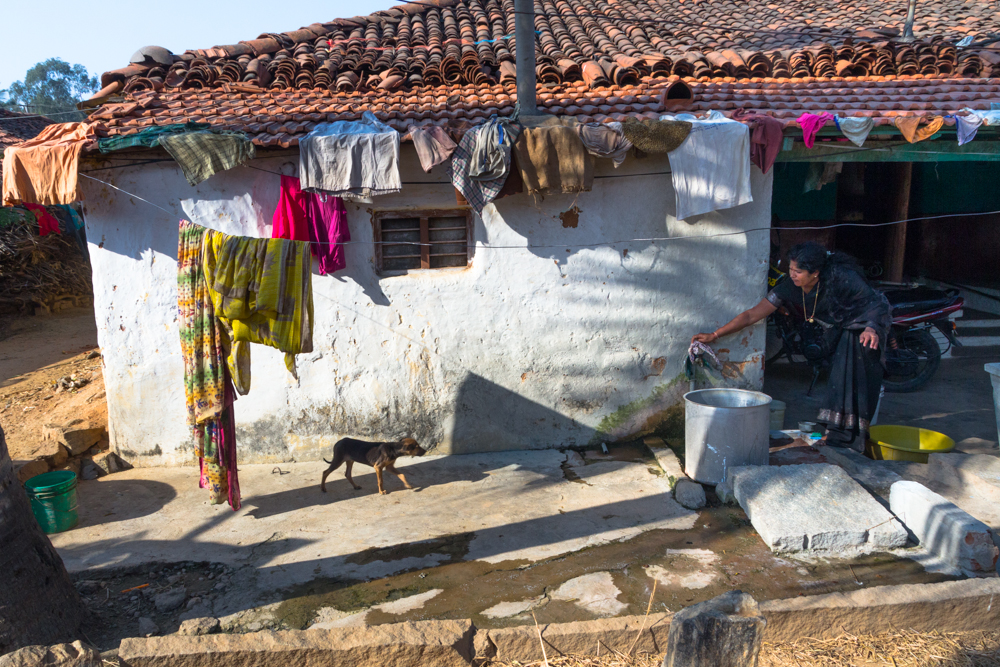
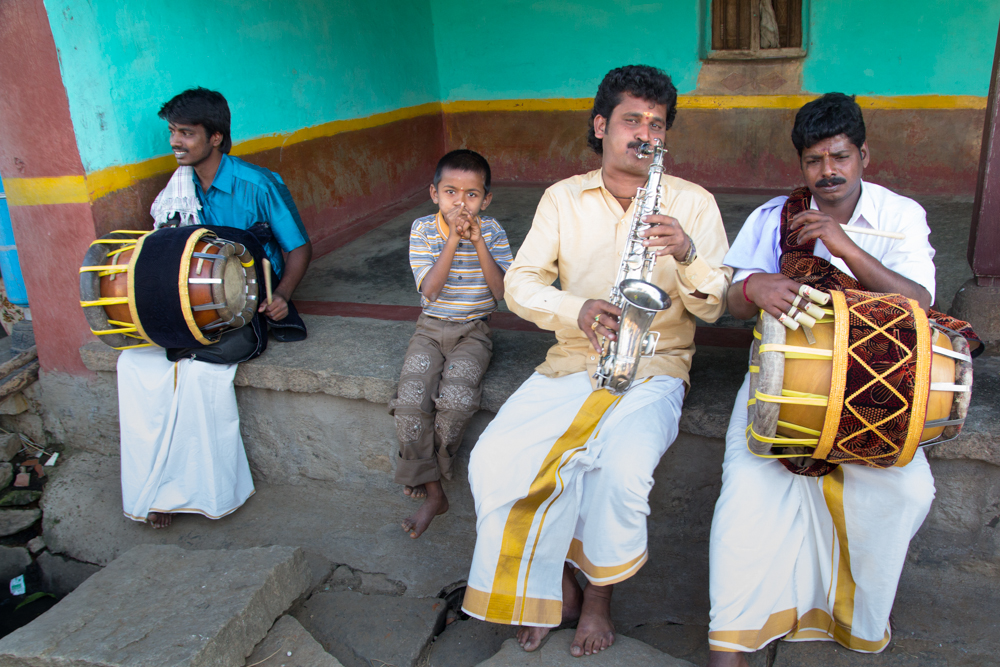
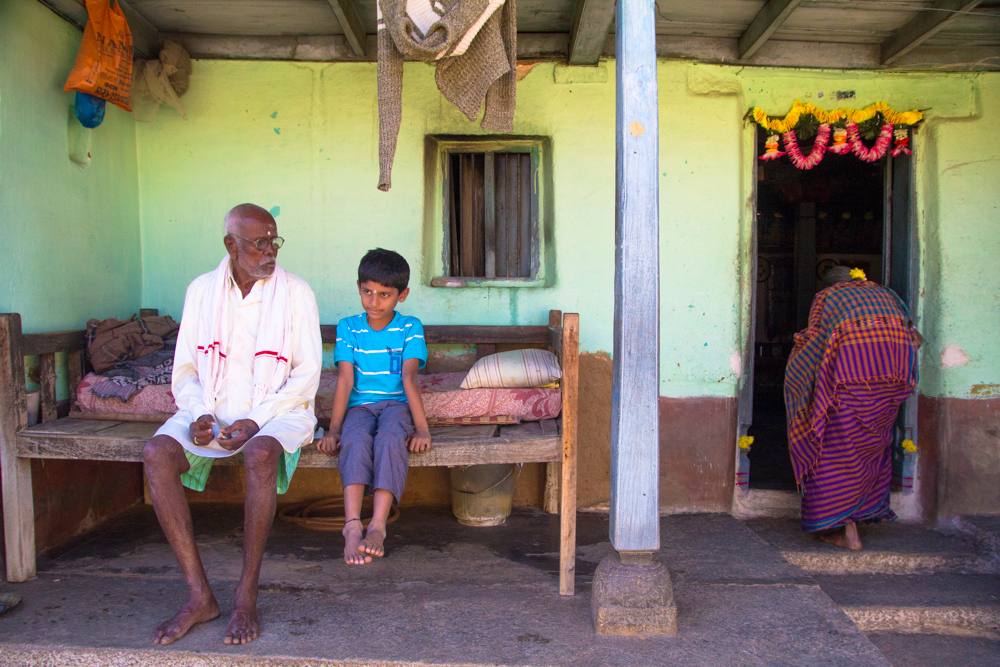
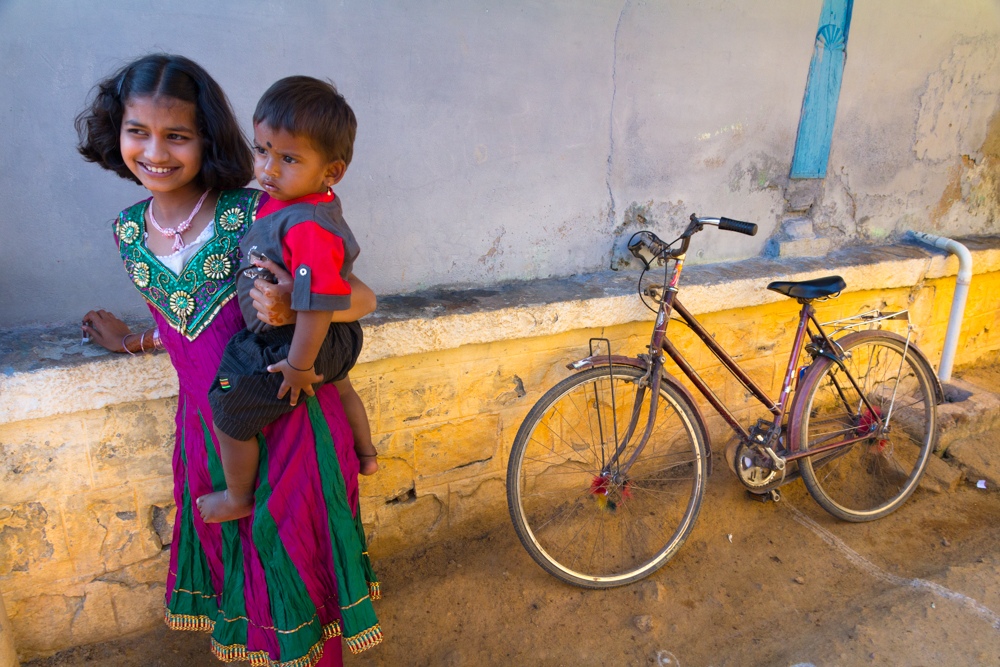
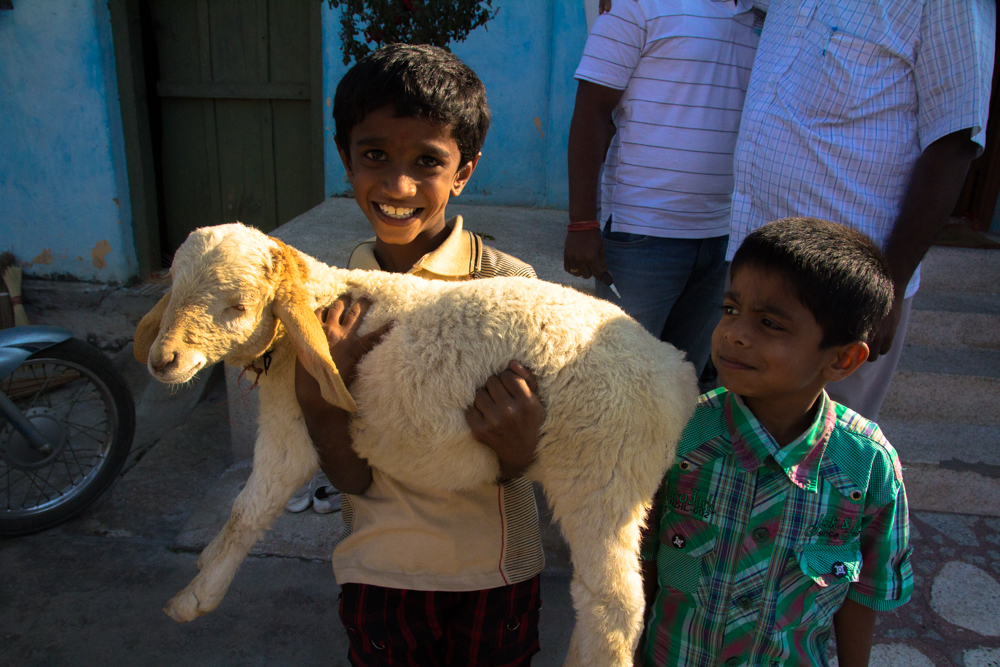
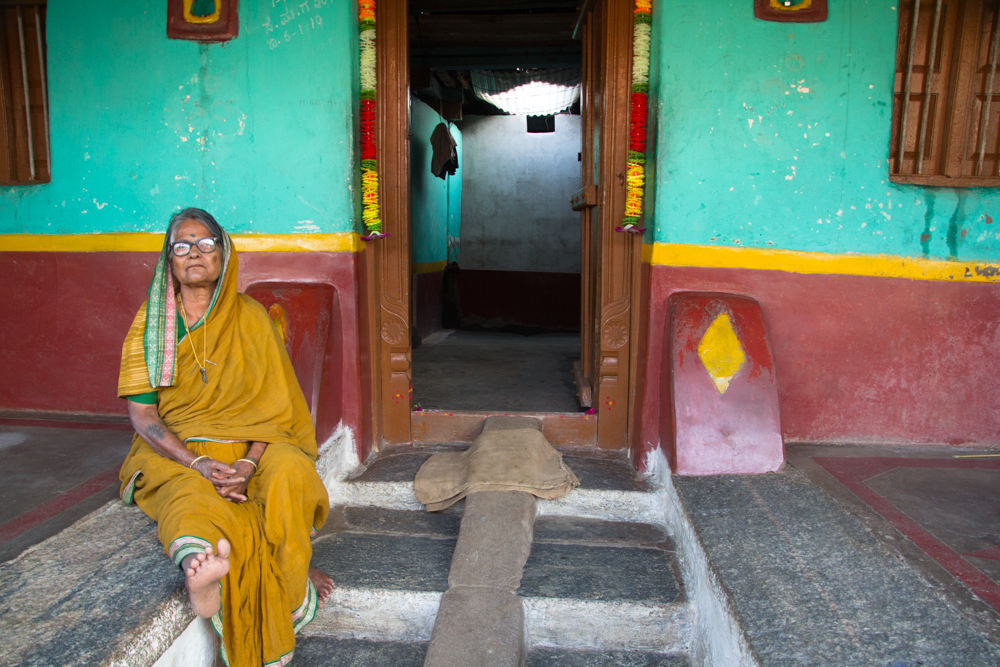
Hi Dinesh,
Is this festival on 14t or on 15th Jan this year??
Karnataka has declared 15th as Makar Sankranthi.
Please let me know if you any info.
thanks
Ashit Desai
15th but it is better to confirm locally as they always debate among themselves